In an earlier post we talked about the reason Jason likes Scotland: Scotch. We talked about the three main ingredients, single malts v. blended varieties, and peated v. non-peated versions. And like we said earlier, once you know the answer to a few key questions and how much you want to spend, it’s hard to go wrong picking a good whisky.
That said, it can be easy to spend more than you bargained for – sometimes a lot more – if you get persuaded by fancy marketing and labels. So, let’s talk about a few of those things here. To clarify, I’m not suggesting any of the below are bad purchases. But I do think it’s important to be aware of what you’re buying before you make the purchase. Once you know what you’re buying, all the more power to you to get what you want.
First, don’t always assume fancy labels make for a fancy whisky. For example, a series of parent brands started bottling their whiskys with labels from a hugely popular HBO series that involved dragons, thrones, and games thereof. Take a closer look at the packaging and you’ll see that, at least in some cases, the contents are really one of their standard Scotches, just with a new label. In other words, what’s in the bottle isn’t something new, but they’re instead wanting to capitalize on the fame of a popular series. Nothing wrong with that, but unless you’re really wanting that particular bottle for your collection, you might be able to find the same whisky for a lower price, just without the fancy new livery.
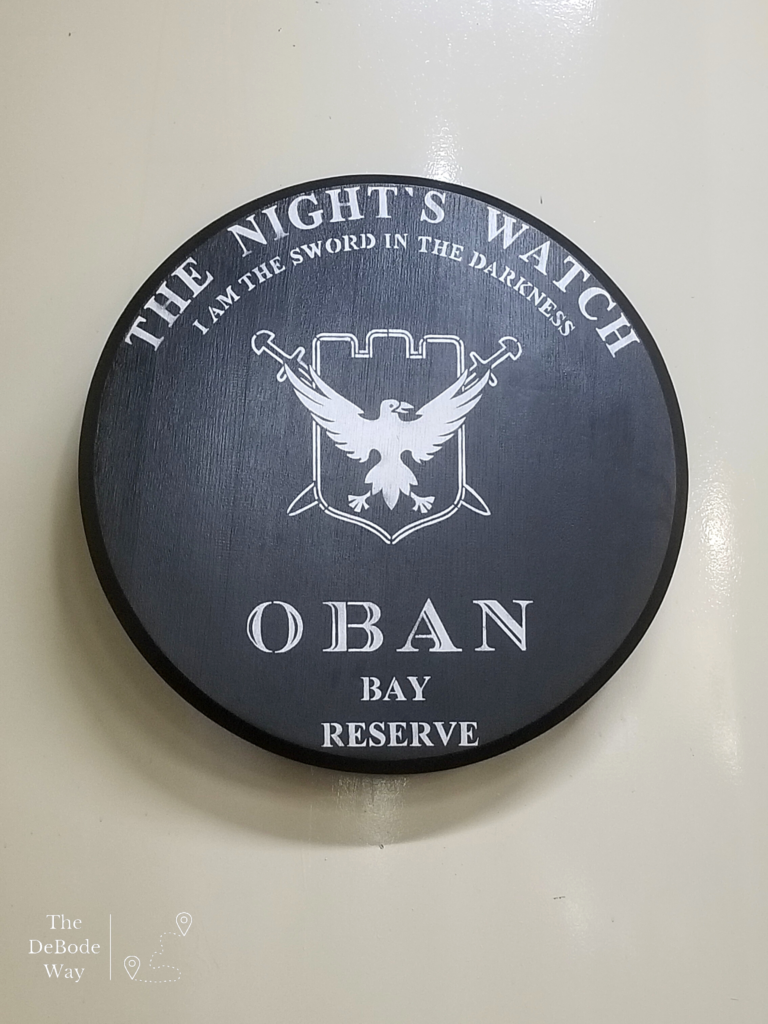
Second, distilleries can get creative with their different varieties of whisky. Sometimes they like to distill a spirit in a single type of cask (like American bourbon barrels), but other times they’ll start with one type (American oak, for example) and finish in a cask that used to hold a different kind of spirit (like a sherry or rum barrel). The trace remnants of the other spirit often impart a unique flavor and color combination that adds new character to the whisky. For example, because rum is usually distilled from sugarcane, when whisky is finished in rum barrels it often ends up slightly sweeter than if finished a different way. Neat, right? Don’t be surprised if those varieties cost a little more. Is it worth it? Well, maybe. Sometimes those combinations can be rather tasty and are worth the extra expense. Other times you might not be able to taste the difference, in which case why spend the extra money?
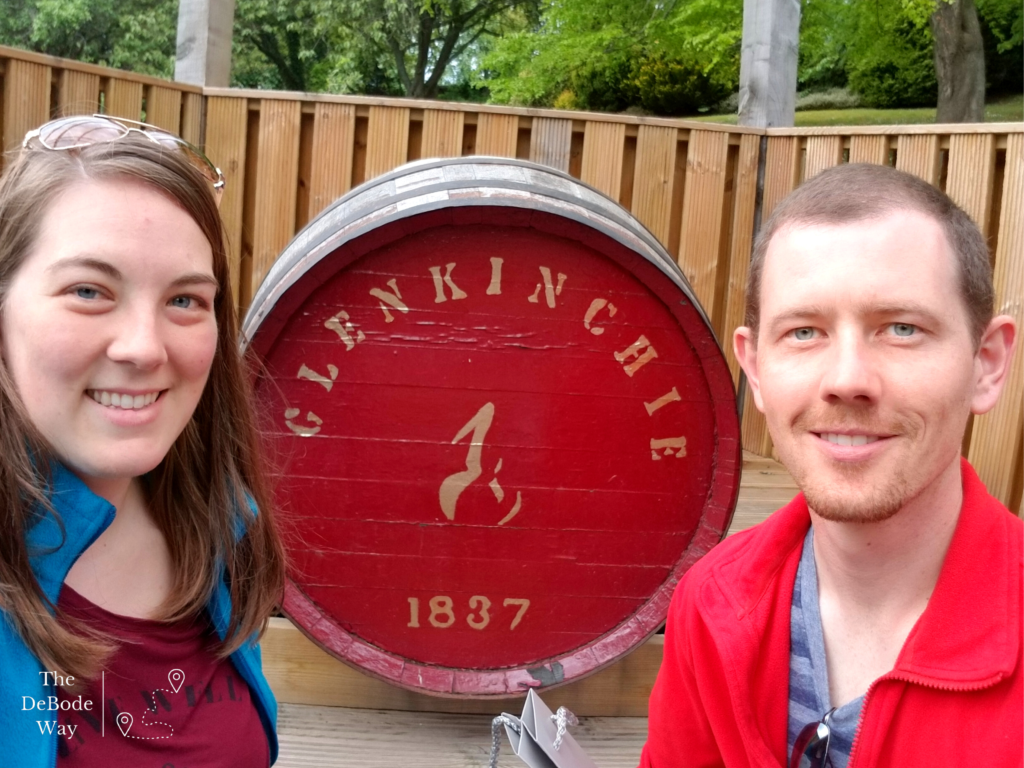
Third, like fine wines, Scotch gets better as it ages. How much? That’s a matter of preference. But what you’ll see in your local spirits shop is that prices for whisky increase very quickly as they start getting much older than about 15 years. Seriously, go look. Find a particular distillery and then compare the prices for the 15-, 20-, 25-, and 30-year-old whiskys. Notice the price difference? Now, let’s be clear: older whiskys are almost always better, and by this we mean smoother, less harsh, and often have different notes than their younger (less experienced?) counterparts. However, does it make sense to drop the extra cash? That’s more personal preference than anything else. For me, I’d rather buy two 15-year-old bottles than one 30-year-old bottle, but I know plenty of people who would disagree.
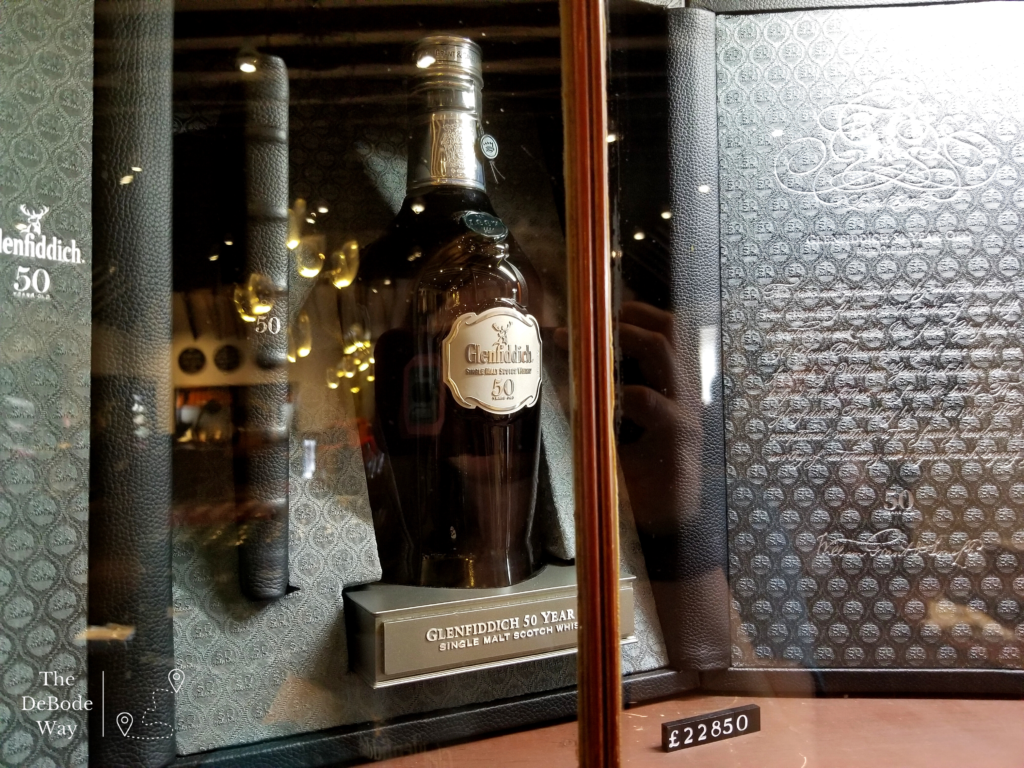
Fourth, kind of like Point 2, distilleries will sometimes create new blends for different times of the year. This is kind of like how breweries will create different kinds of beer for different seasons. For example, you’re unlikely to find many stouts during the summer because people are more interested in lighter ales and lagers. But even during the cooler parts of the year, breweries will experiment with different kinds of stouts: adding fruits, seasonings, and other ingredients to see what happens. So it is with whisky. For example, on a recent trip to Scotland we were at a distillery and found a Winter’s Gold option. Unlike almost every other whisky we’ve tasted, this version is intended to be served chilled (they store it in the fridge), because it is only distilled in the wintertime and so the cold is literally built into this spirit. This makes for a different experience. Did I taste it? Absolutely. Was it good? You bet. Did I buy a bottle? Obviously. Do I keep it in the fridge? Nope. Would I have bought the same bottle back home? Probably not. Not because it’s not good, but because I wouldn’t have had the same experience tasting it here.
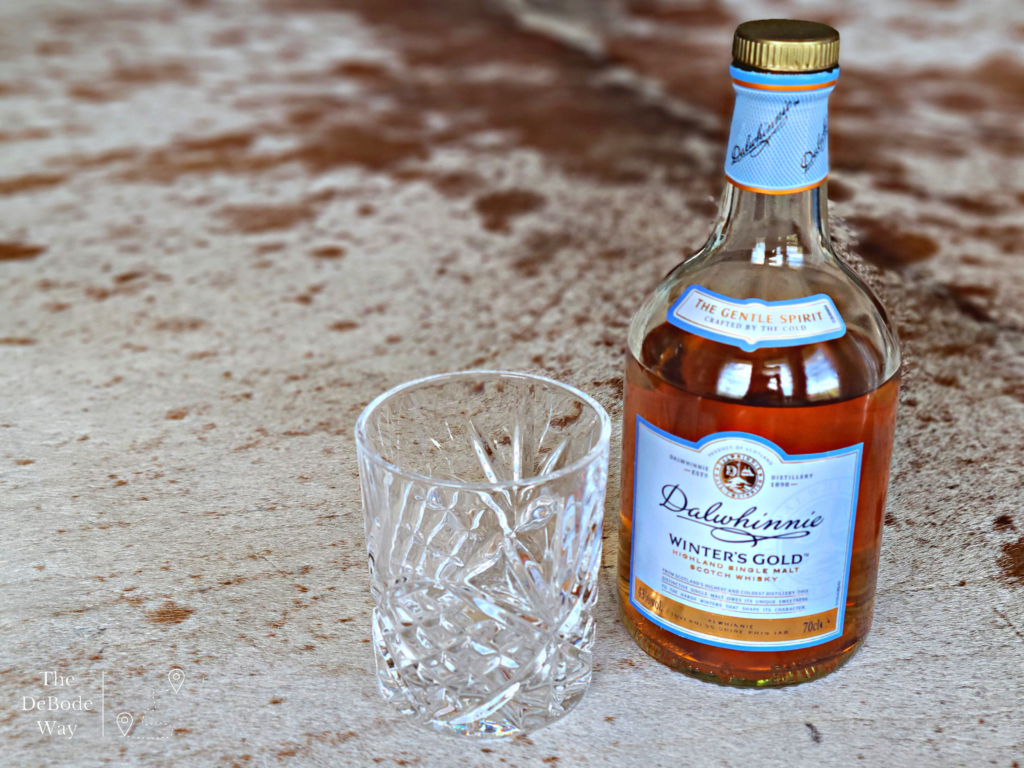
Other times distilleries play with the ingredients in the whisky itself. But remember, by law whisky can only have 3 ingredients (water, yeast, and the grain), so they get creative with the things they’re already using. For example, in a prior post we included a picture of the Glenmorangie Signet whisky. For that version, the distillery roasts the barley longer than usual, giving it a color and flavor not unlike roasted coffee beans (also included in the picture). In turn, that gives similar flavors to the end-product whisky, which is as neat as it is tasty. More expensive than their more common varieties? You betcha. Was it worth the money? I think so. Did I buy a bottle? No, and I’m still upset about it.
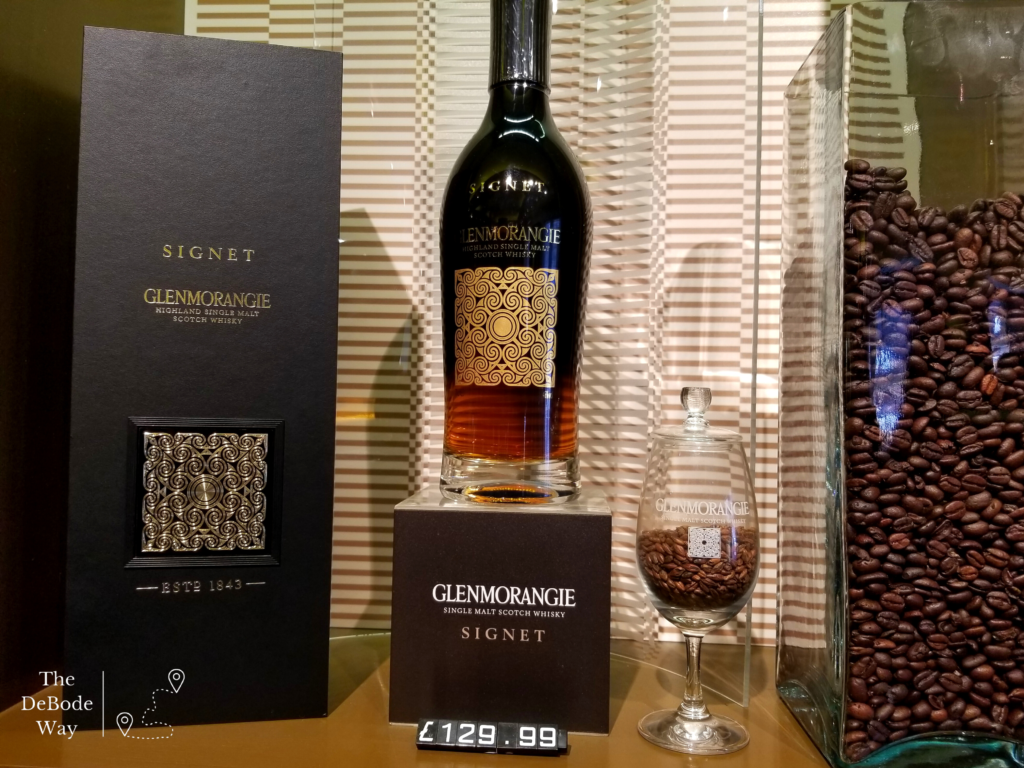
In the end, whisky preferences are personal things. The things I look for in a whisky will almost certainly be different from what you look for. Still, there are a few guidelines I try to follow when buying Scotch.
- I think there’s value in finding one or two (or more) versions that you really like and stick with those in the main. Those are your go-to Scotches that you can find in most stores and bars. I’d call them basic but there’s nothing basic about them. For me, those bottles will cost $60-$80 from our local shops.
- If there’s something unique at the store, ask if there’s an option to taste it. If not, keep your eye out when visiting your local bars and order a taste while there. Better to spend $10 to taste something than $150 on a bottle only to find it might not be what you were expecting. Or, if a few friends are equally curious, split the bottle among you. Like it? Great, now you know for future reference and might consider buying your own bottle. Not what you wanted? Still good information to have, and it didn’t cost you your next paycheck to find out.
- I like to patronize stores where the people actually drink whisky (or gin, or whatever), as they can give you a more professional recommendation. That means finding your local spirits store and not grabbing a bottle while buying groceries (unless ‘groceries’ mean limes, but that’s a different post). Yes, that means you’ll probably spend a little more, but I’m more okay with it because I get good recommendations. Also, supporting local small businesses is generally a good practice.
- To partially contradict myself, take recommendations with open ears. In other words, keep in mind that recommendations reflect what the person likes and doesn’t like and that might be different from your preferences. For example, if you’re looking for a good peated whisky and you get a recommendation from someone who doesn’t like them, there are probably better recommendations to be had.
Again, we’re not suggesting you don’t buy unique whiskys or try new things. That’s just bad advice. At the same time, there’s plenty of value in making sure you know what you’re buying and why you’re okay spending the extra money on it.
Slainte Mhath!




